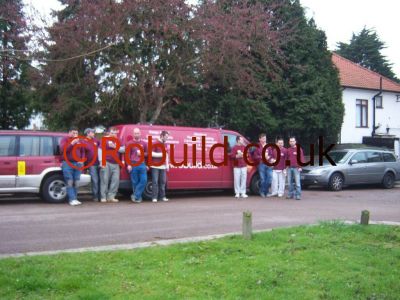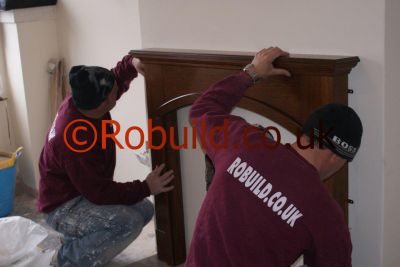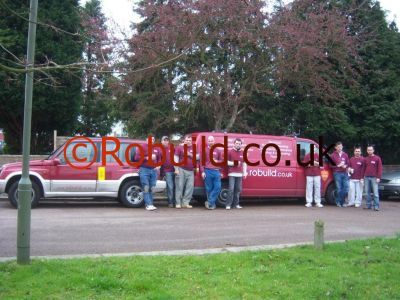Children’s rooms and space
Even with space at a premium in modern houses, it is by far the best strategy to give children a room of their own. With any luck this could confine most of the noise and mess to one well-defined area, and encourage children to take a pride in their ‘territory’— giving them a sense of independence early in . life. And as a child grows older, his need for privacy grows, too. Often he will need somewhere quiet to study, or to enjoy his hobbies, and entertain his friends. Children’s rooms present their own special design problems, often simply because the parents cannot visualise the needs of a child while he is still a tiny baby.
Only too quickly they will realise that the tiny cot with transfers of blue bunnies and the pastel coloured ‘nursery’ furniture is totally inadequate to stand up to the onslaughts of the average toddler. It is far better to ignore the nursery motifs and furniture altogether— unless you can afford to re-furnish the room completely after a couple of years. Consider instead what the room should be like if it belonged to a six-year-old. That way, time, money and temper can be saved for the first years while the ‘den’ is taking shape. The really workable child’s room is always the one which is most adaptable. It takes a lot of thought, planning and visualization to plan such a room effectively, but not necessarily masses of money.
If you do a good job in the preliminary stages then the bonus will be remarkable; once you have made the room secure and attractive to the child then he is less likely to wander into potentially dangerous areas such as the kitchen.
Furthermore, it will be easy to maintain and will ‘grow up’ with him. Achieving the proper scale Few things are more frightening or children’s rooms, the better—they need all the floor space they can get. But whatever furniture you do provide, try to ensure that it is in proportion to the child. Again, think of him as a six-year-old, and plan for furniture which will fit him. You will find that manufacturers of ‘knock-down’ or kit furniture for children will have scaled their pieces accordingly. This usually means that tables will be around 508mm (20in) up from the floor level.
Safety
Unless you can afford the space and the money to provide your children with separate rooms for playing and sleeping, then it is most likely that their bedroom will fulfil both functions. And in Britain, at least, that usually means upstairs. Windows act like a magnet to most toddlers, and their danger cannot be over-estimated. They should either be the sort which a child would find impossible to open, or barred. This may sound unreasonably alarmist, but child fatalities due to falls are only too numerous. A large area of glass may be very attractive, but the risks are too great unless certain precautions are taken. Not only may a child open the window and climb out, but a lively youngster may even fall against the glass and smash it. But do make sure that the room has adequate daylight—this becomes increasingly important as the very young child begins to focus his eyes and concentrate on objects. Eyestrain at an early age can result in permanent eye damage.













